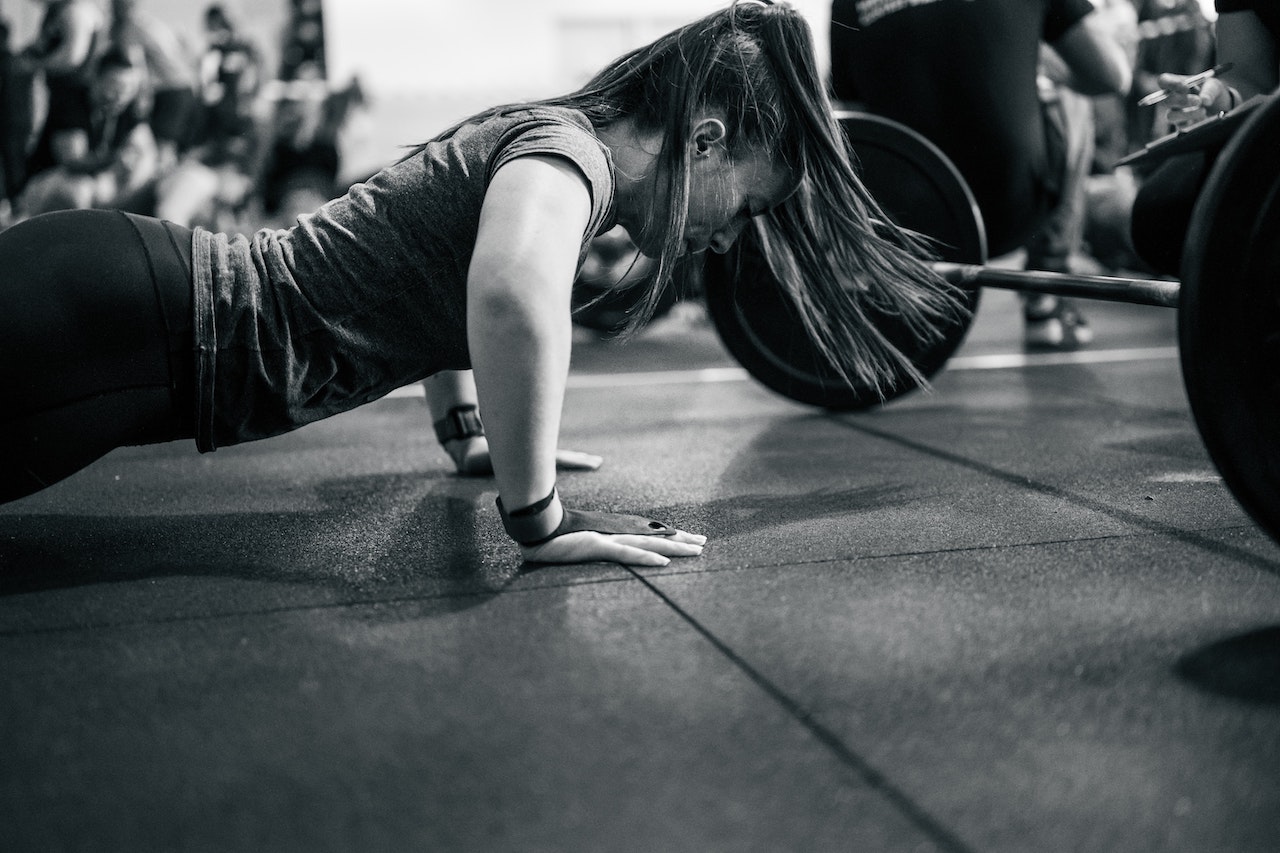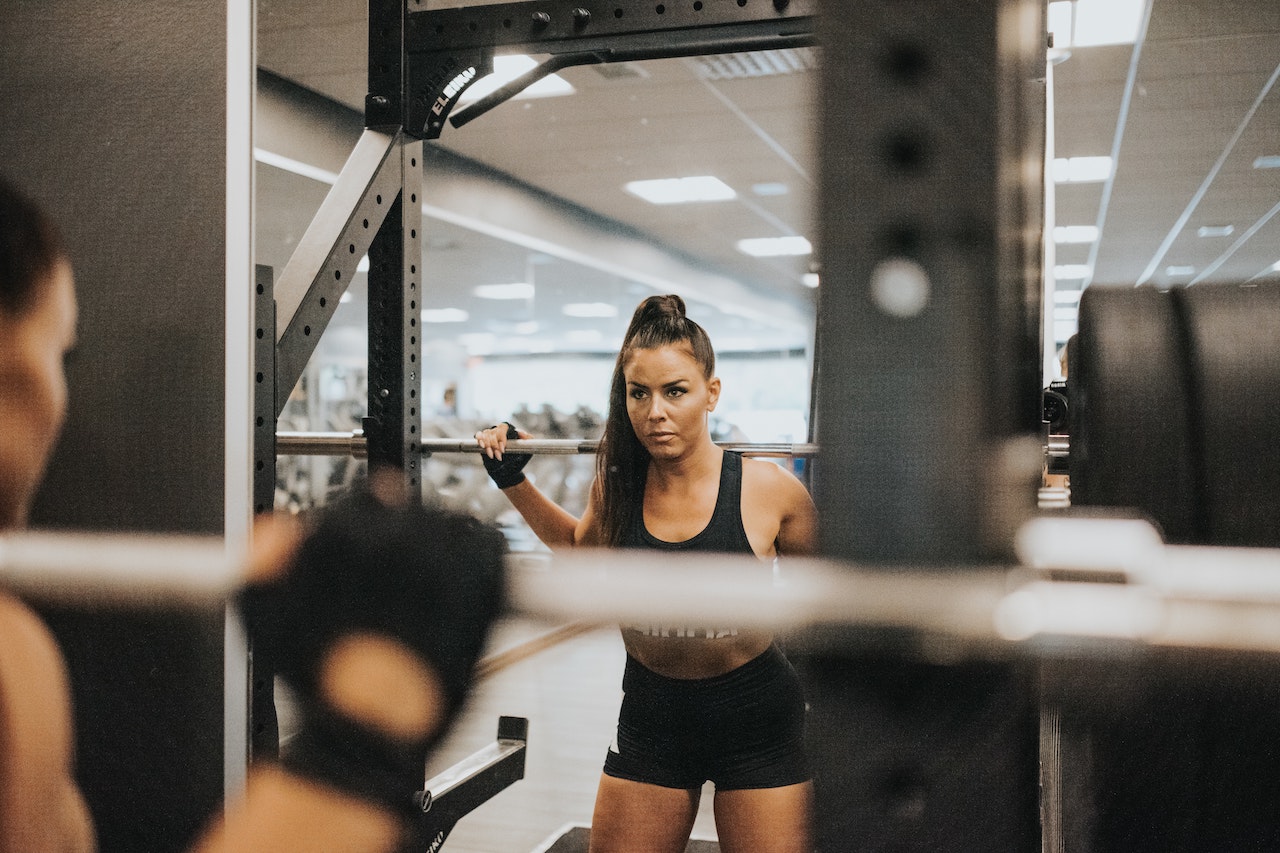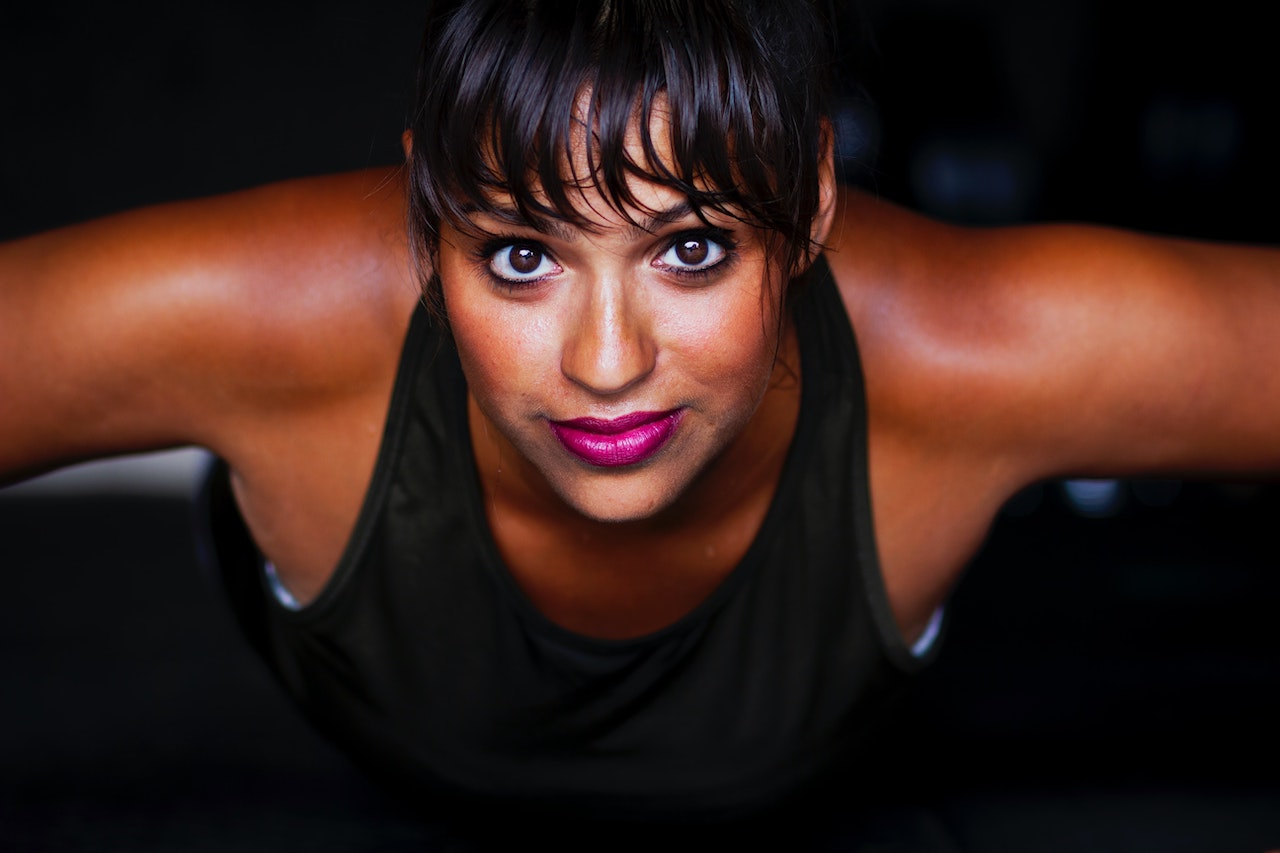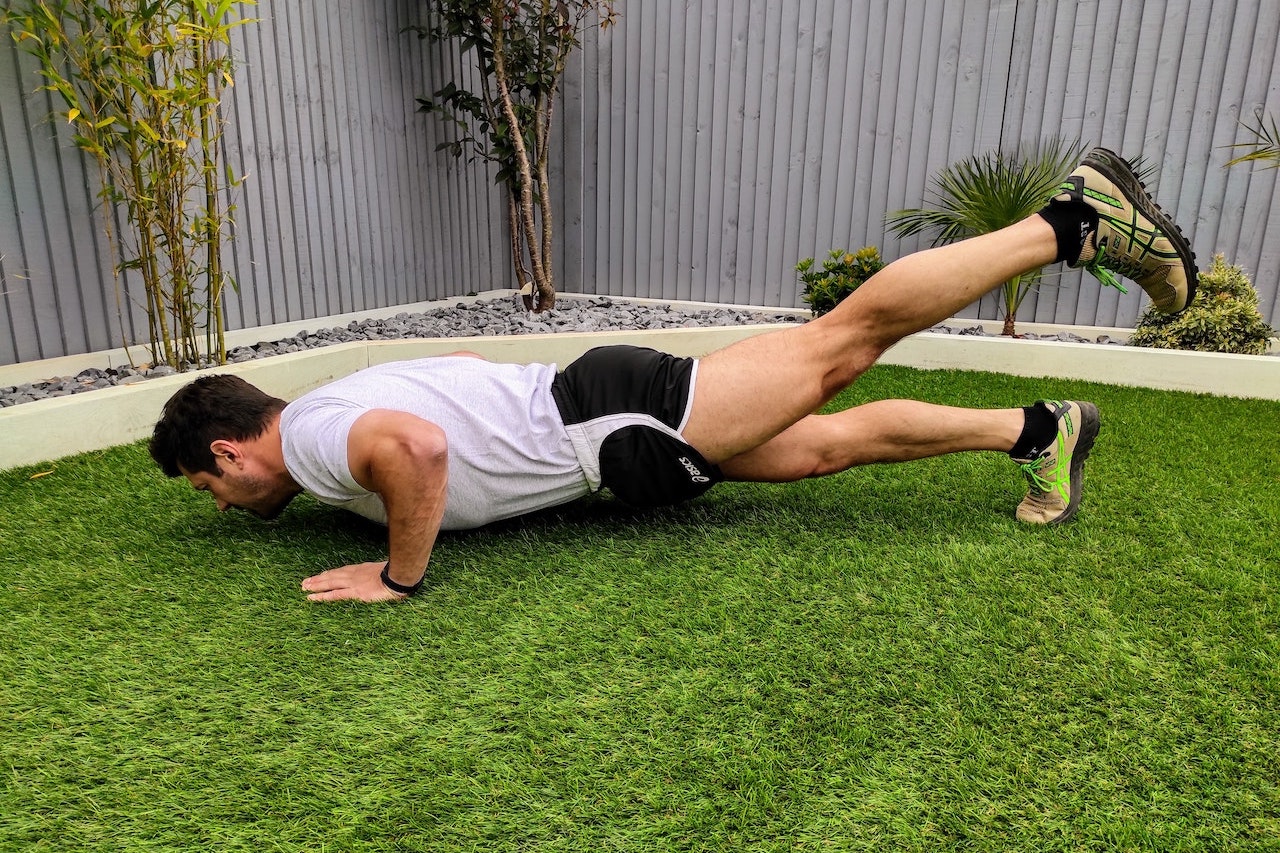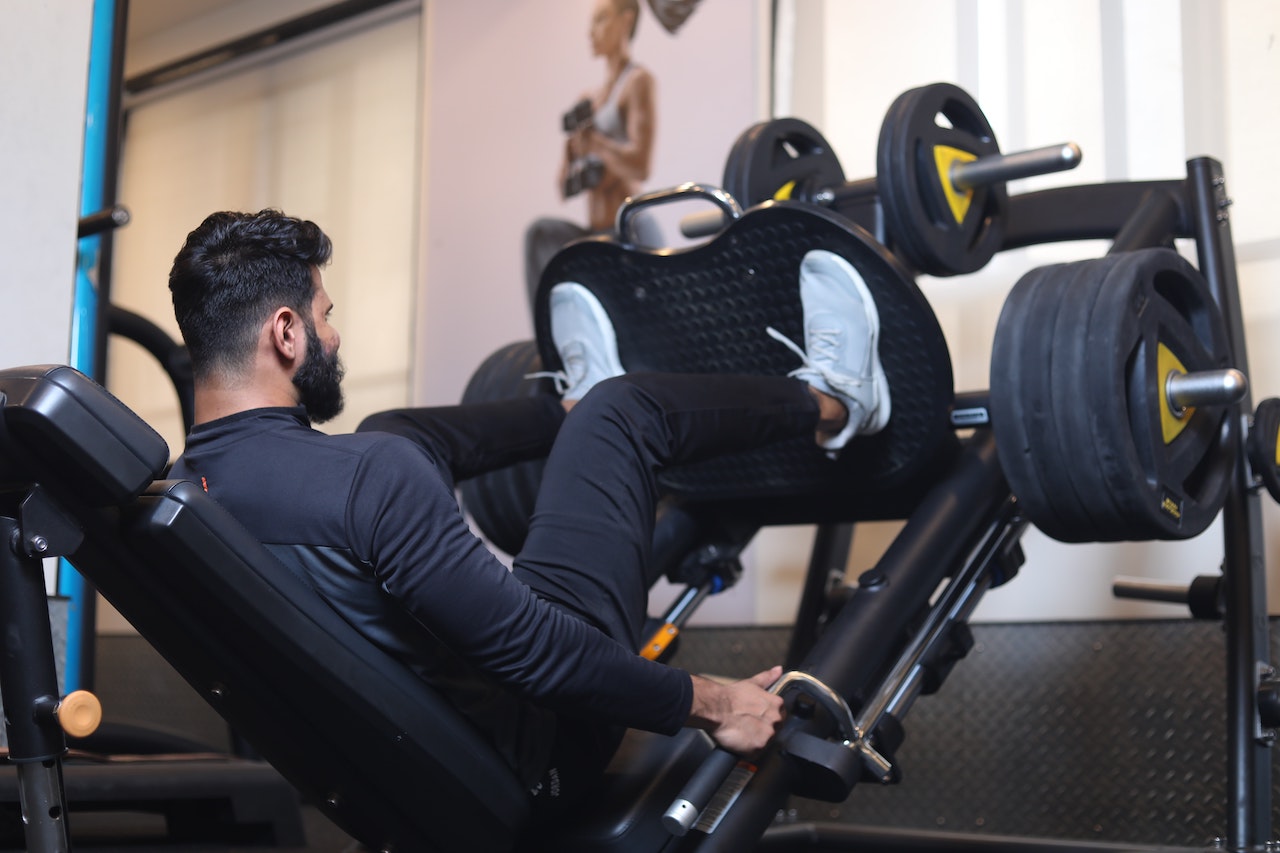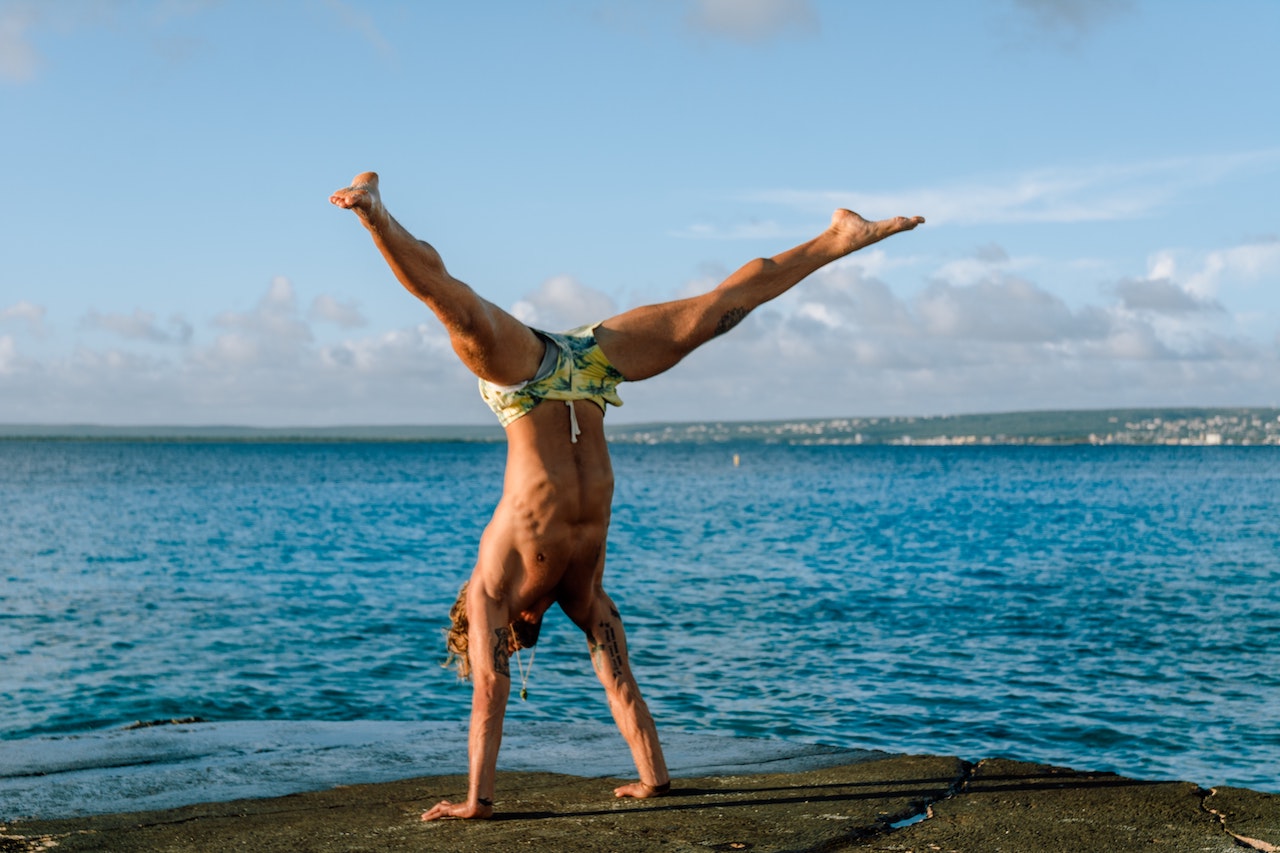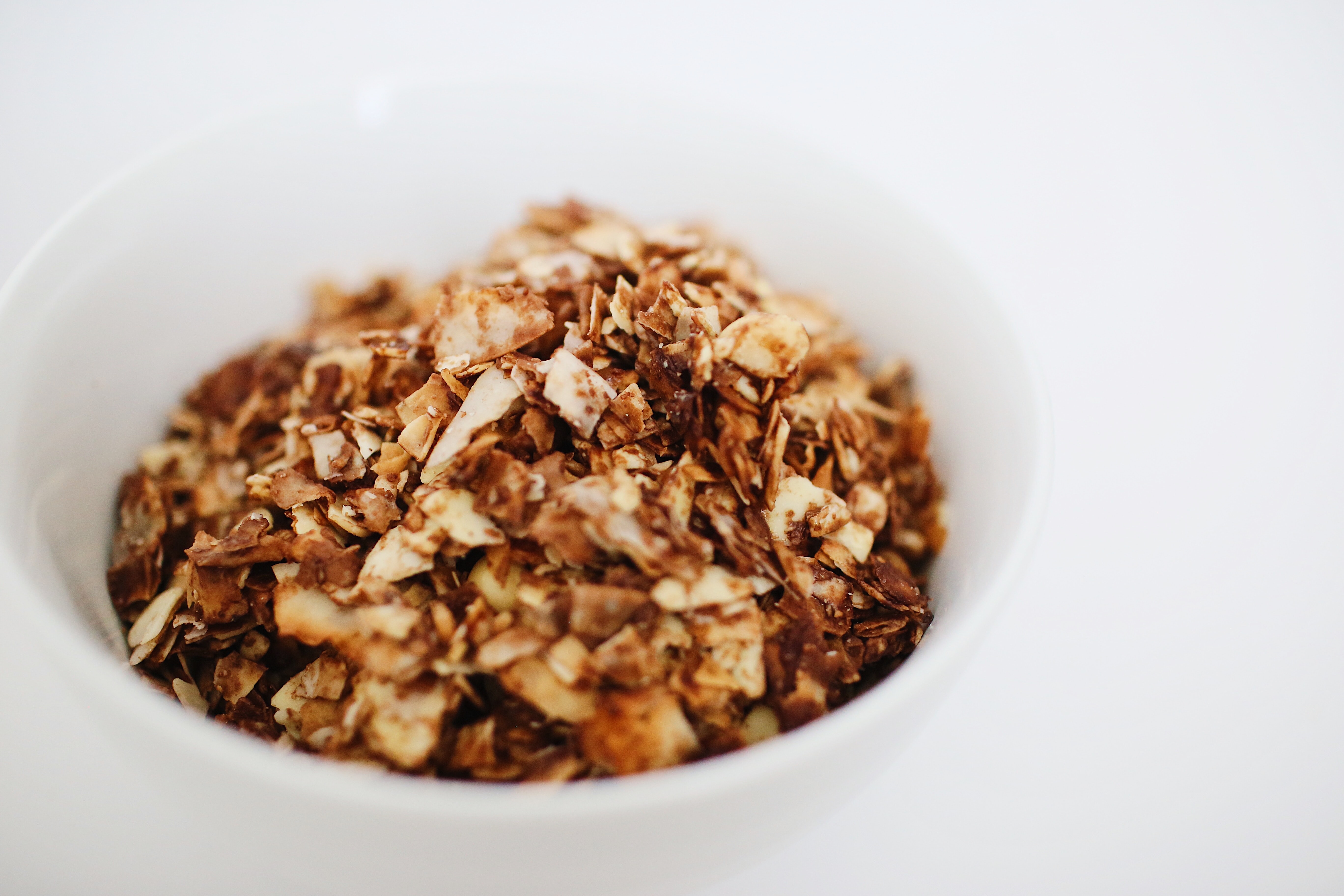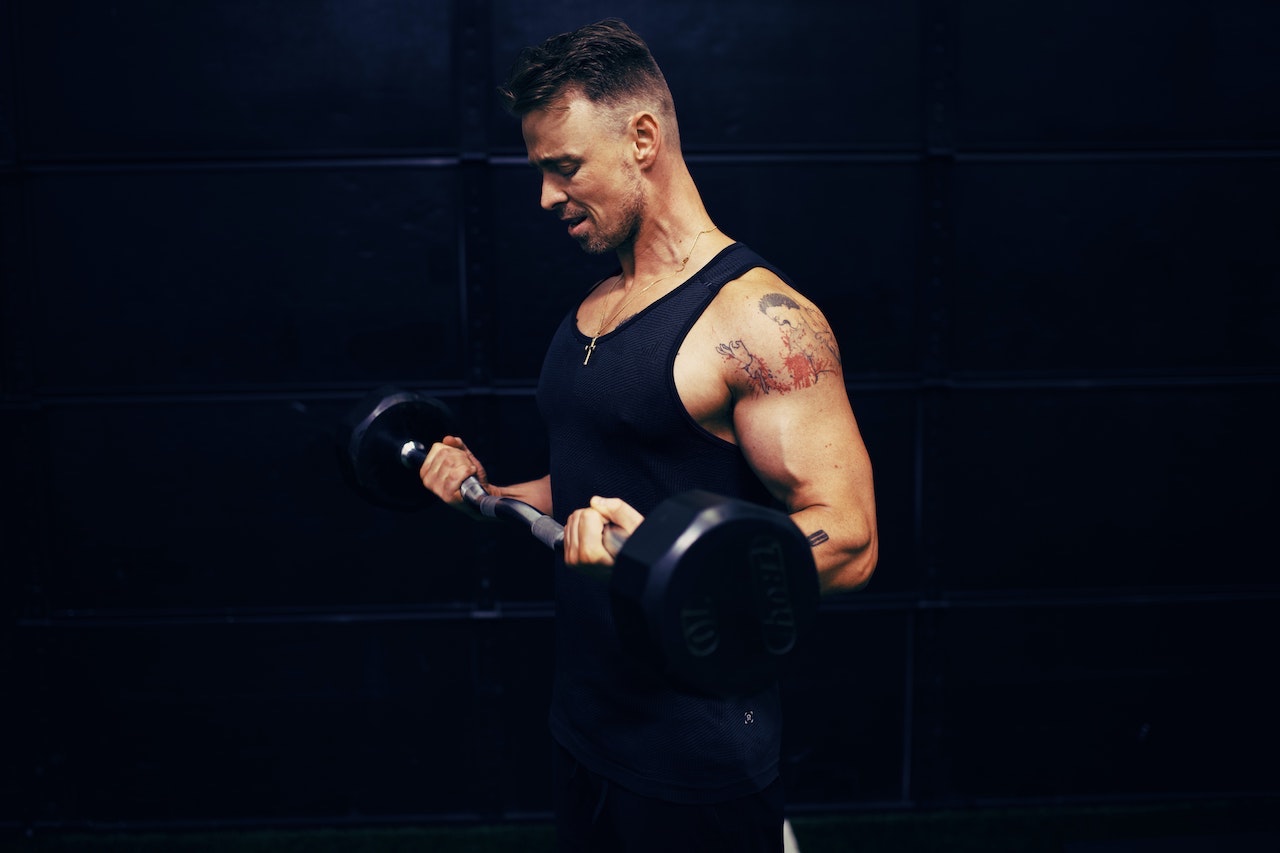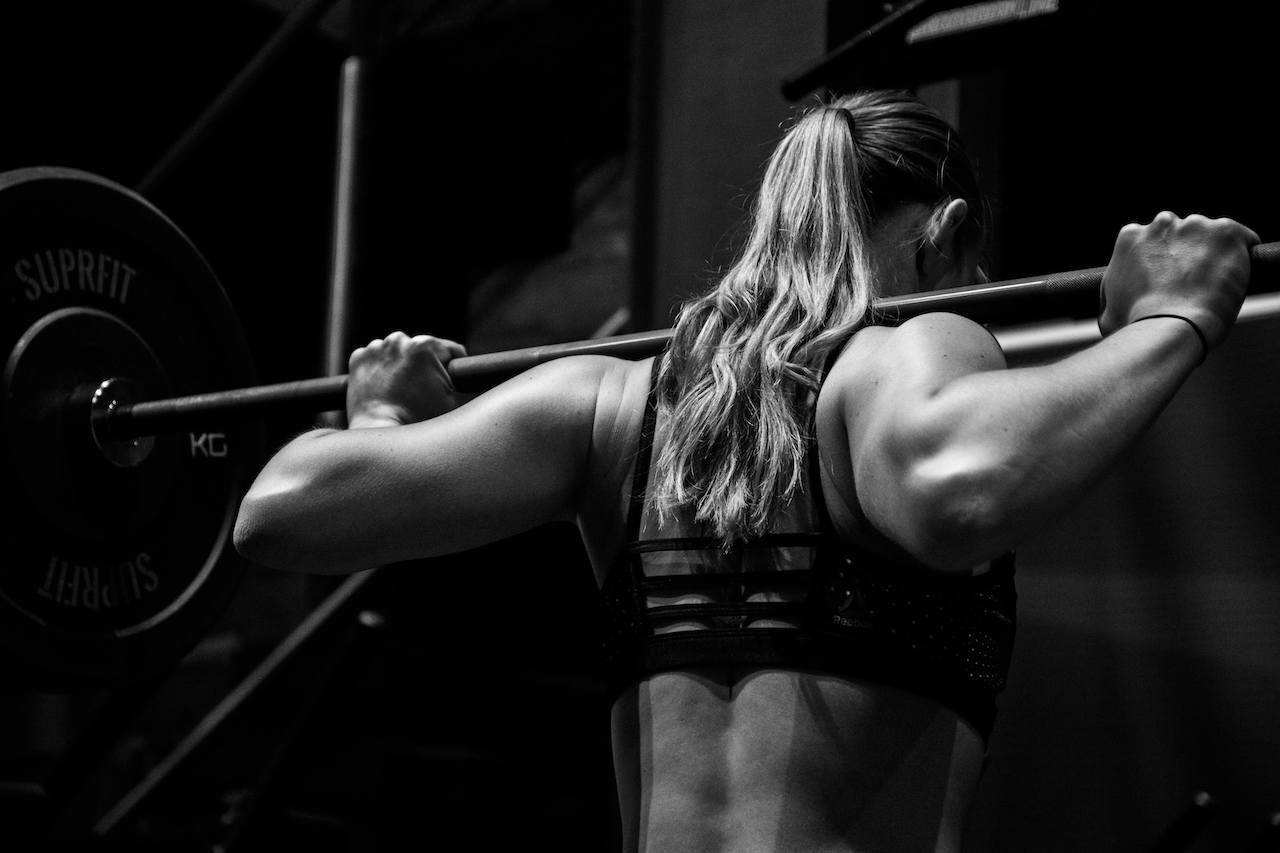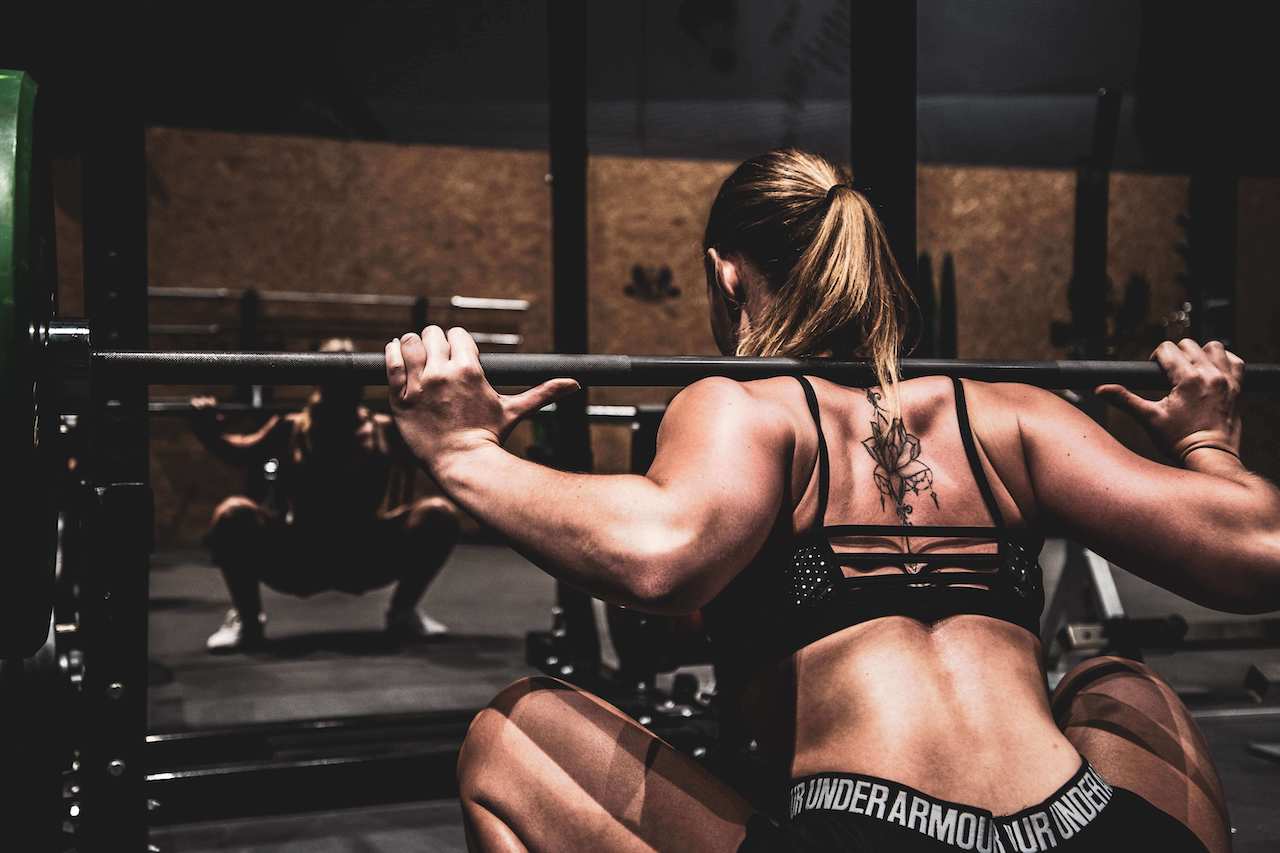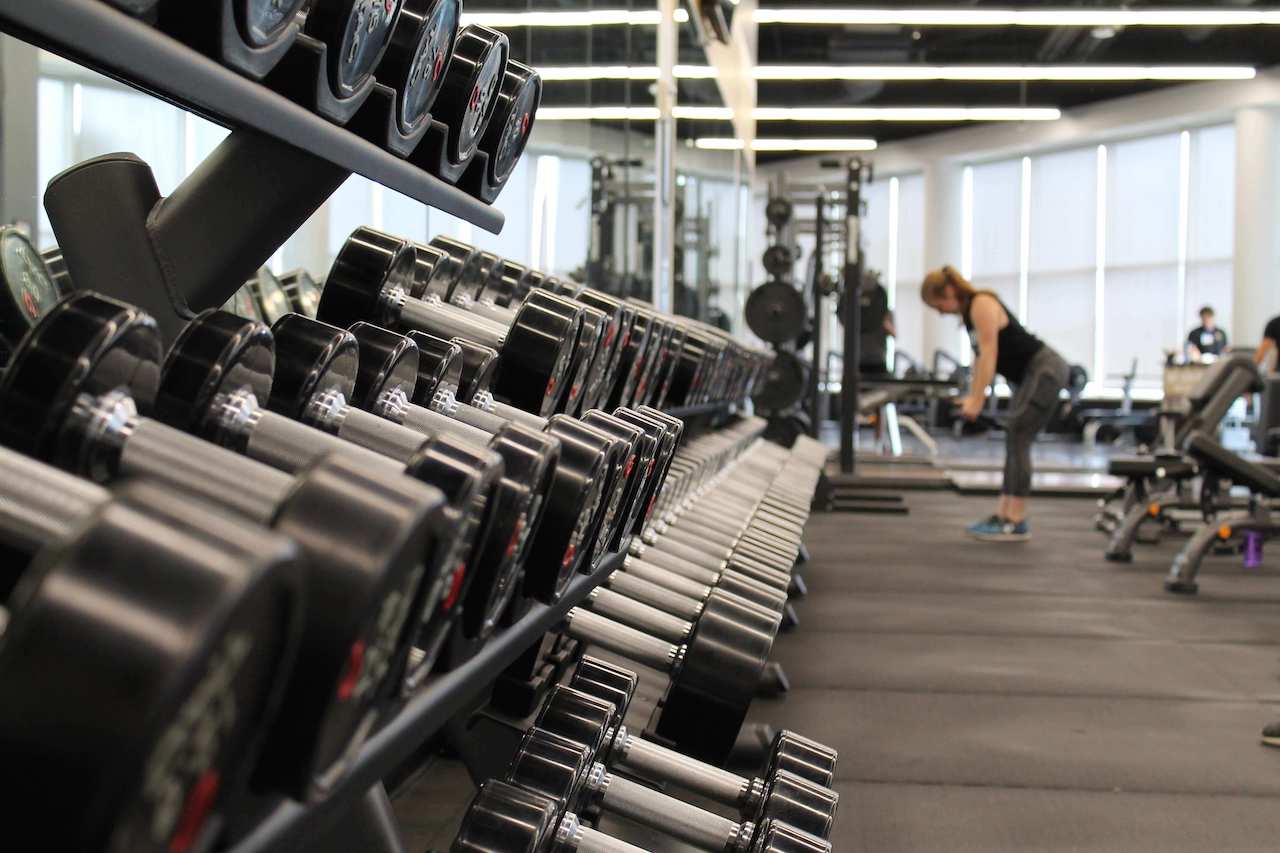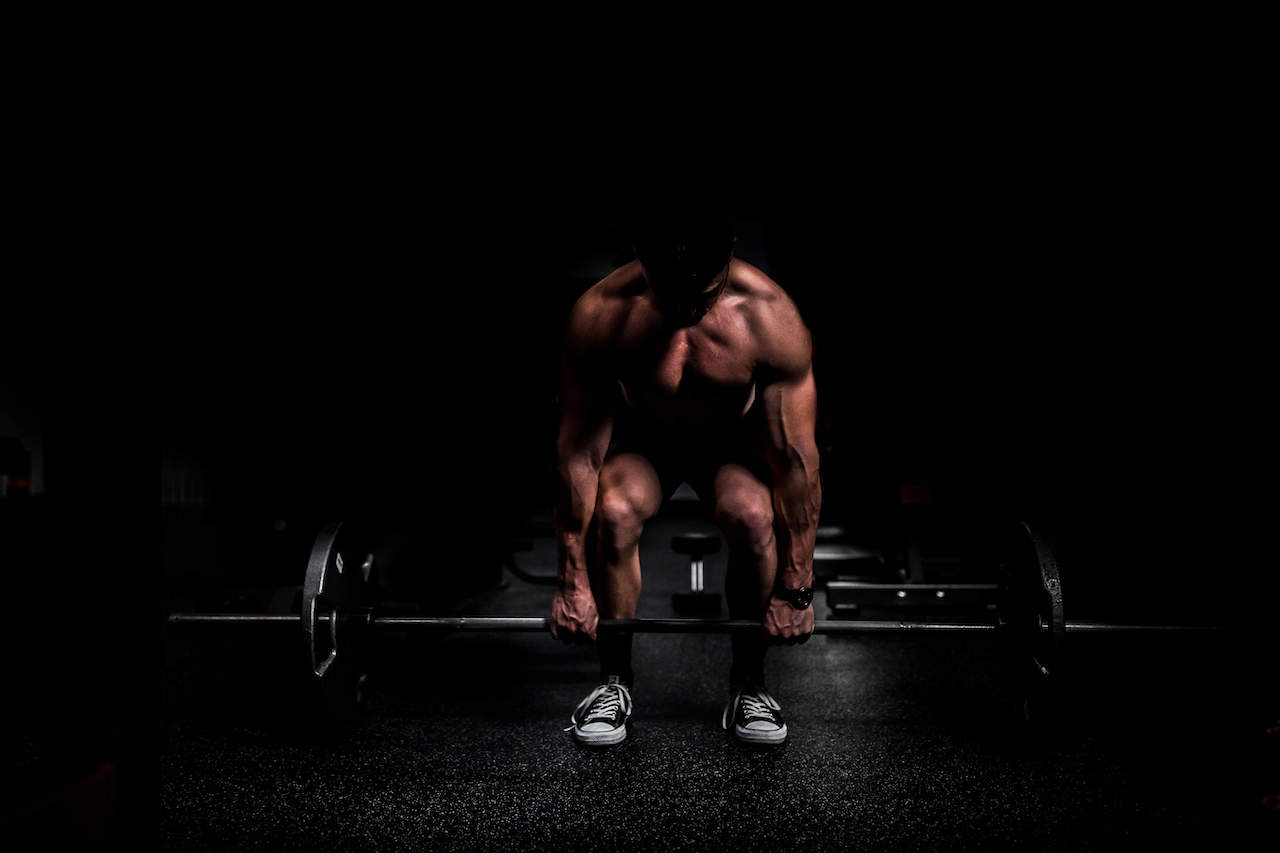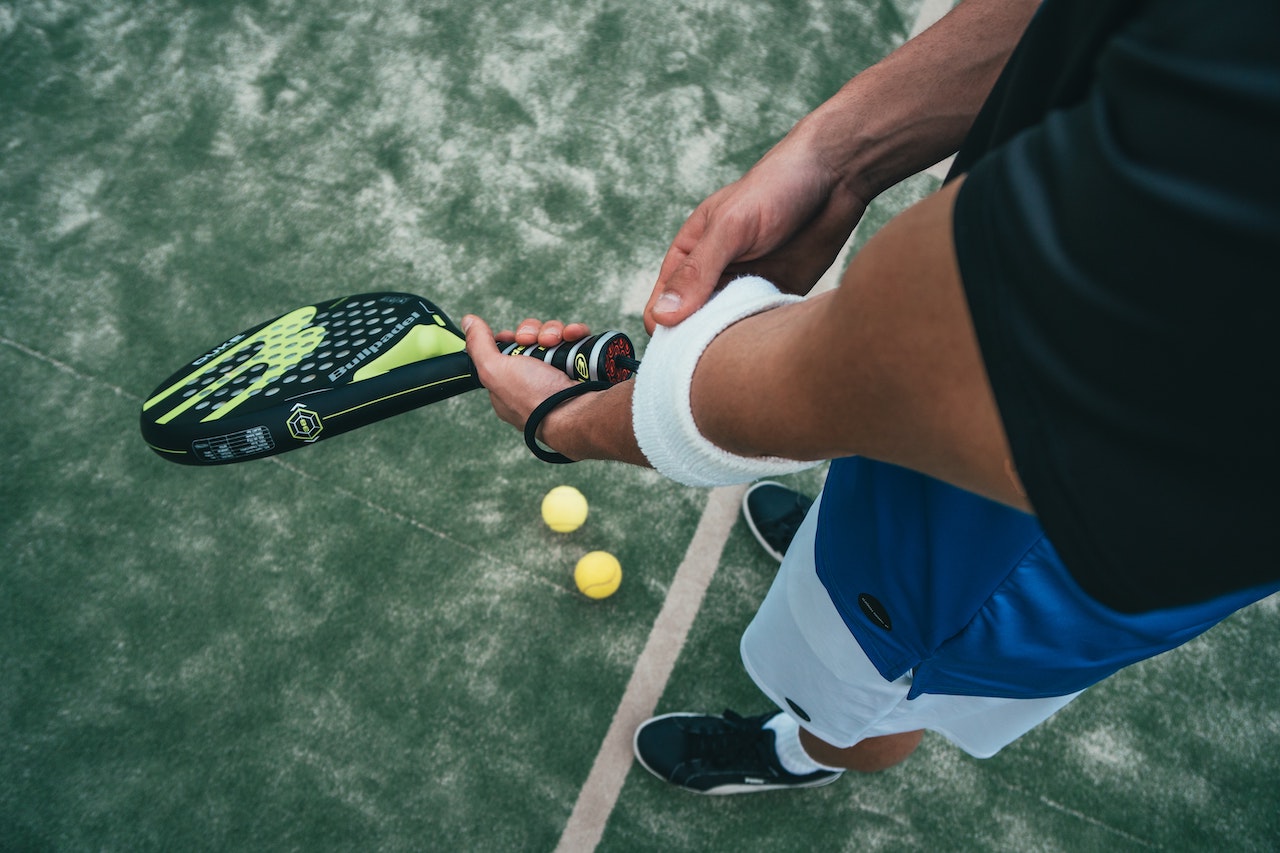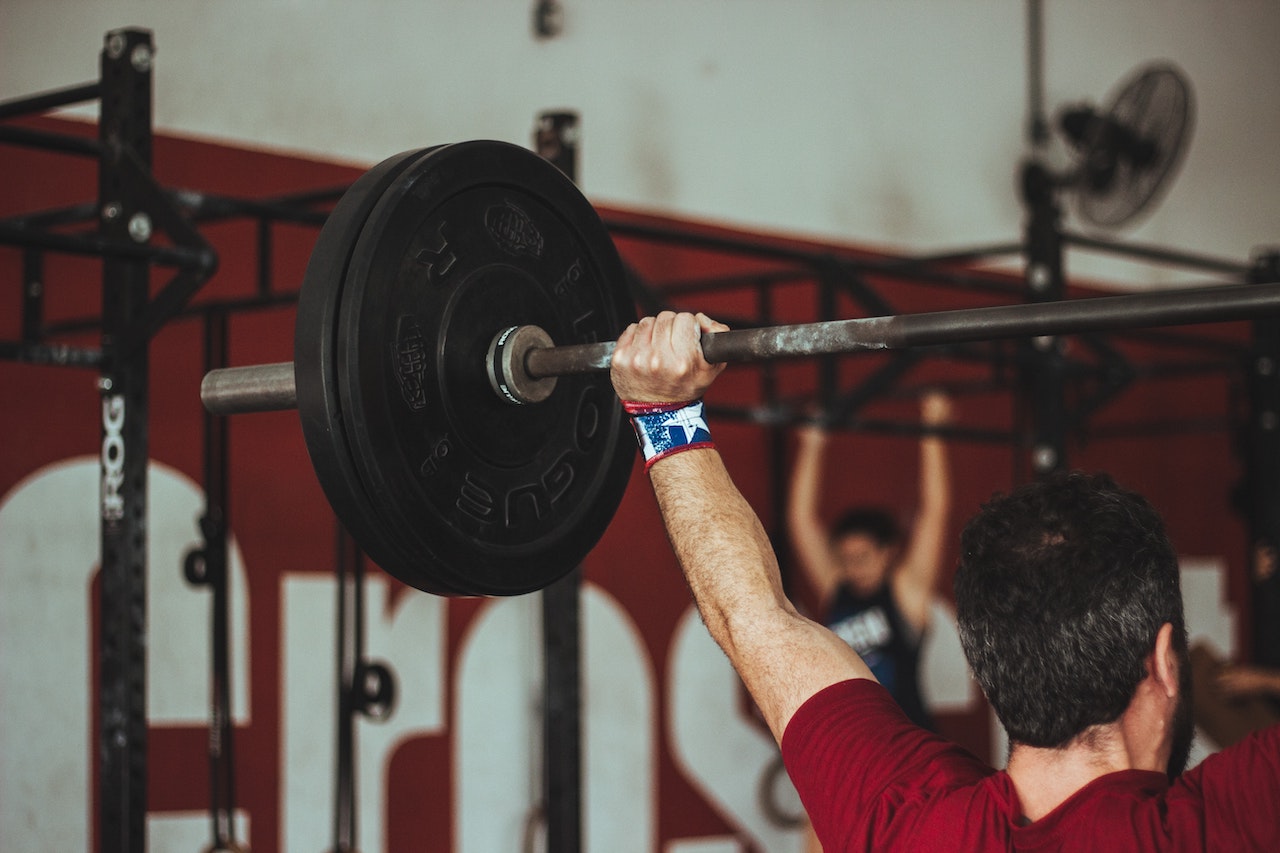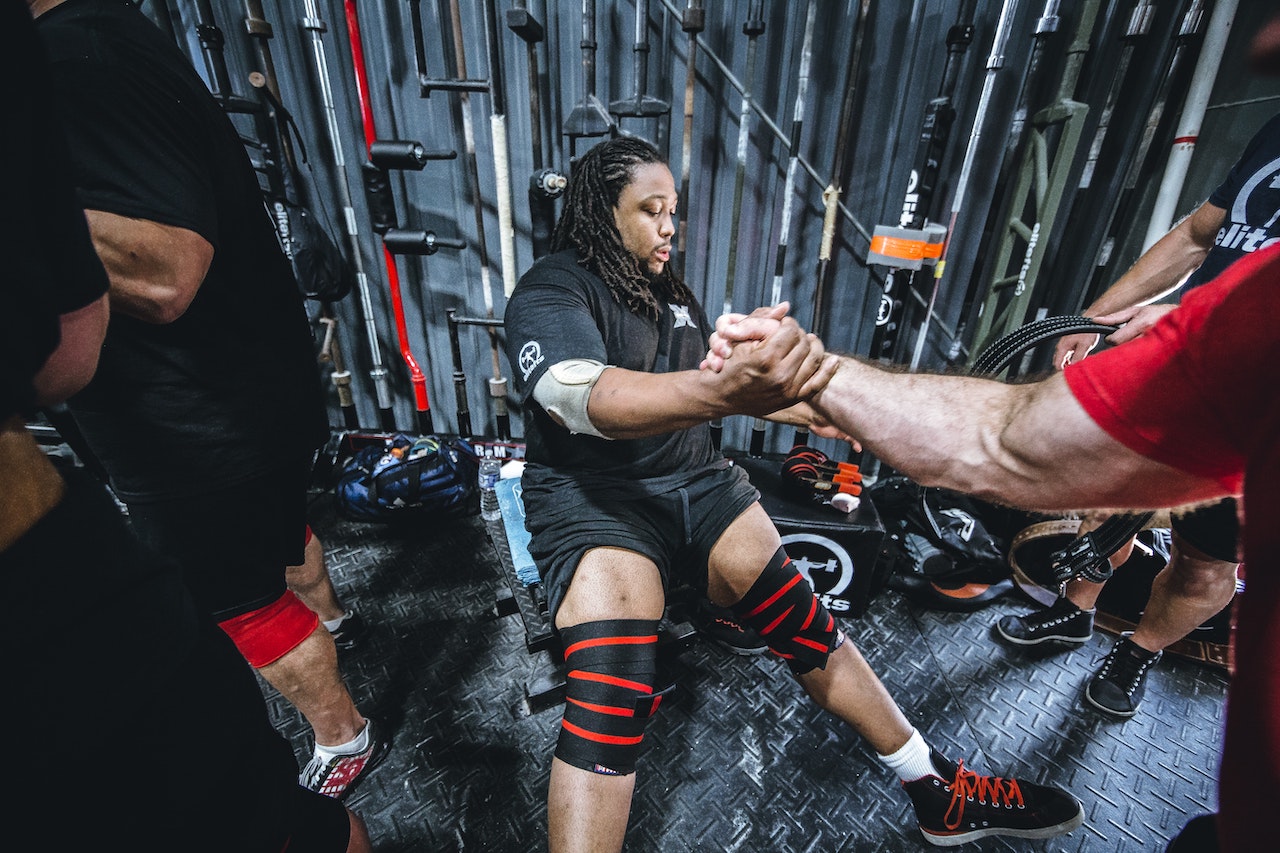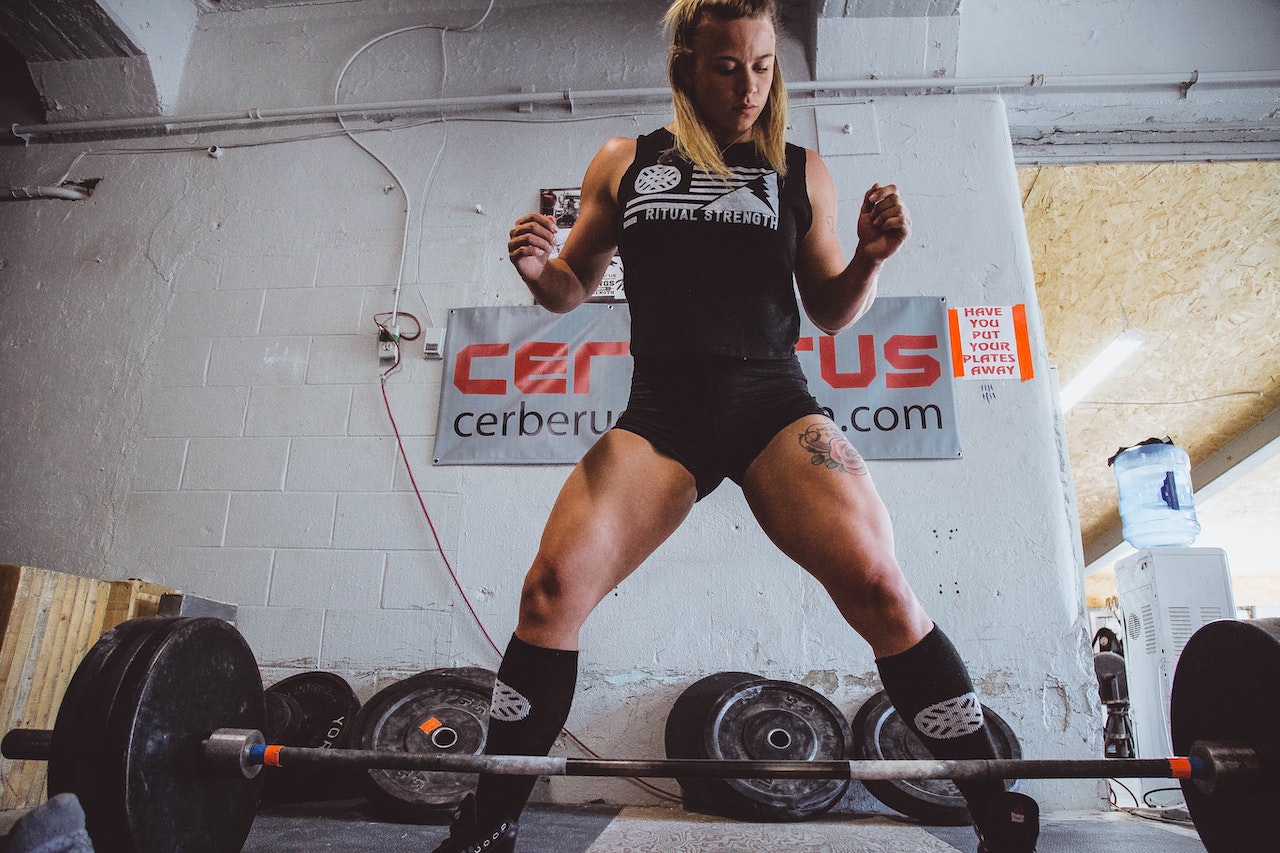Some time ago, we shared some dumbbell moves to improve muscle balance. Some of our friends commented on the great results and slowly got into dumbbell training and reduced their barbell biased training habits. There are good reasons for using dumbbell movements as part of your strength training programme. Better balance, better support for your muscles, the ability to train unilaterally and self-target, the advantages go on and on.

Dumbbells are often overlooked when it comes to extreme strength or one-time application of force. Barbell training is definitely not the be all and end all of training. To maximise strength and build muscle, in some form or another, dumbbell training must be part of your training.
There are too many bodybuilding champions and powerlifters who have used dumbbells effectively. If dumbbells are so effective for them, maybe they are effective enough for the rest of us. Here are 4 key movements to help you start building your strength
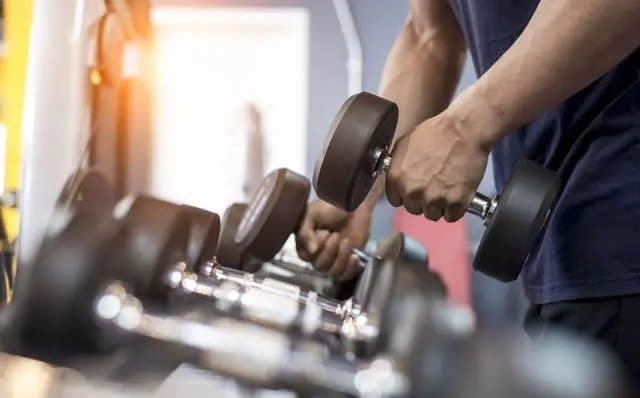
1. Dumbbell bench press
Preferring to introduce the bench press first, the average gym buddy prefers chest training movements. In our quest for muscle dimension and strength, many historical athletes have preferred dumbbells to the almighty barbell. These greats include: Ronnie Cullman, Blanche Warren, Bridge Carter, Johnny Jackson and many more.
Because dumbbells allow for independent training on both sides of the body, great dumbbell exercisers tend to have better symmetry. In addition, this movement allows you to get a deeper sense of stretch than with a barbell. Although there is not always a better sense of stretch, even with a slight increase in range of motion, those with more flexible shoulders will get better results.
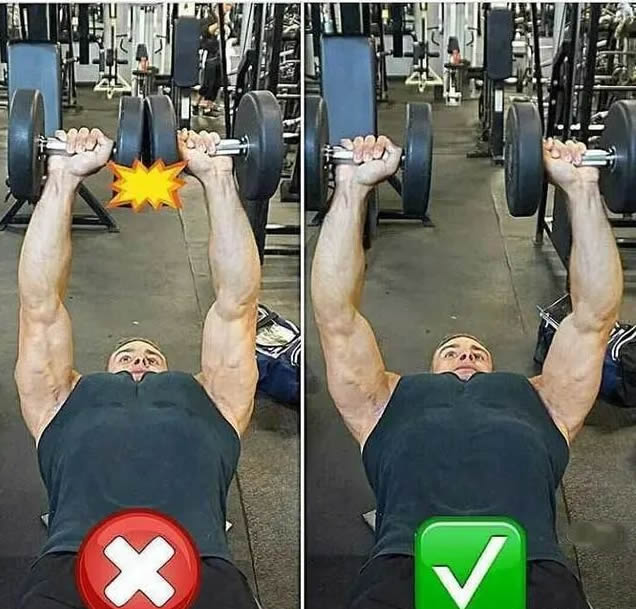
1. Sit on the end of a flat bench with the dumbbells resting on your abdomen and thighs and carefully lie backwards on the bench. Raise the dumbbells to just above your chest.
2. Lower the dumbbells to a height slightly below your chest, then push the dumbbells to full extension without the two dumbbells touching.
3. After completing the prescribed number of reps, return the dumbbells to your abdominals and sit up so that the dumbbells are resting on your thighs and abdominals.
This can be done by completing the dumbbell bench press at different angles. To get the full strength and get the results of the dumbbell bench press, when you have sufficient muscle strength, do the dumbbell workout first and then the barbell movements. Soon you will see that prioritising dumbbell training will give better results than barbell only training.
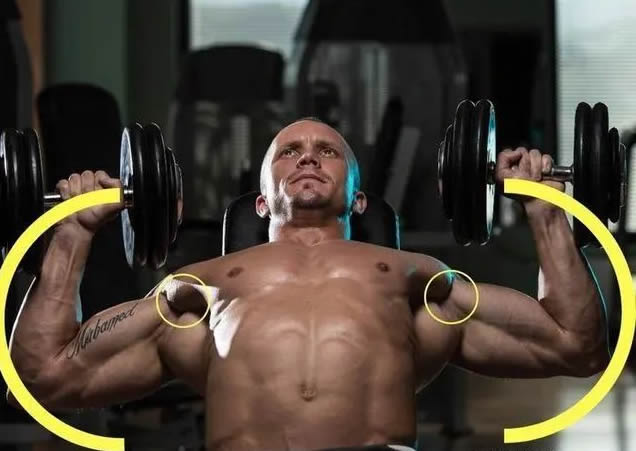
2. Dumbbell hard pull
Some weightlifters use this movement to help train leg strength, others use it to increase range of motion to overload muscles and thus build muscle. Regardless of how heavy the dumbbells are, they are much closer to the ground than the barbell pull. This movement starts from a huge negative lever position, making it more difficult.
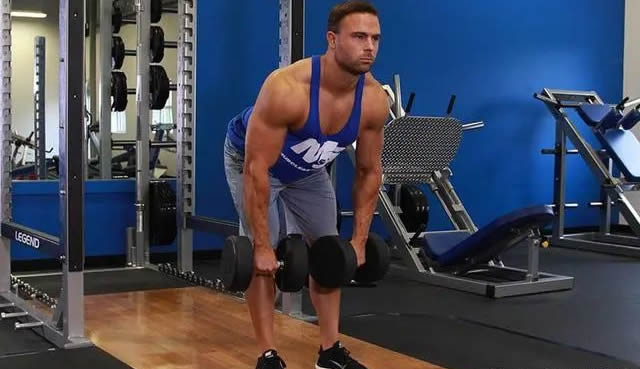
1. Place the dumbbells on the floor and stand facing the dumbbells.
2. Bend at the hips and knees and grasp the dumbbells with your hands.
3. Without allowing your back to rotate and keeping your arms fully extended, pull your body up through your heels and allow the dumbbell to drag the front of your thighs upwards as you rise.
4. Once you are upright, lower the dumbbells back to the floor.
5. Complete the specified number of reps.
Just like a barbell. Doing the maximum weight in the strength training range is your goal, grip strength improves faster with dumbbell training because you don't benefit from the extra reps when you use a mixed grip on the barbell. If you want the grip strength to keep up with the hard pulling movements then you can do without the elastic bands, if you want to increase the intensity of the workout you can add them.
Fitness enthusiasts recommend 5 sets of 6-10 reps and beginners recommend 3 sets of 10-15 reps.
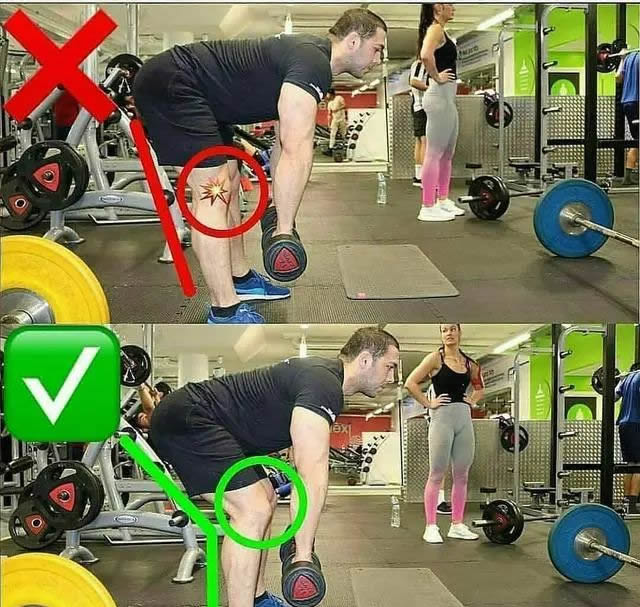
3. Seated dumbbell push-ups
Whether you like this movement or not, there is no stopping its popularity. As long as you like building muscle or building strength, the seated dumbbell press is the movement that most fitness enthusiasts use for upper body training. Many of the world's most powerful and fit men consider it the "go to" move for shoulder strength. It is also usually more comfortable than overhead presses with a barbell, which become more dangerous as the weight increases, but this is avoided with dumbbells.
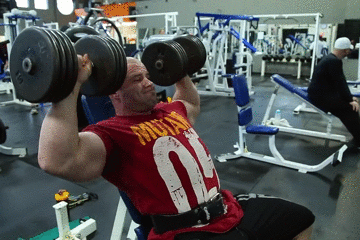
1. Grab two dumbbells and sit on a bench with back support.
2. Find a good fitness muscle buddy to help you lift the dumbbells to shoulder height, or push them up to your shoulders one at a time with the help of your thighs, turning your wrists so that your palms are facing forward. This is the starting position.
3. From the starting position, inhale deeply and push the dumbbells hard overhead, fully extended, but without locking the joints.
4. Lower the weight under muscle control and repeat the prescribed number of reps.
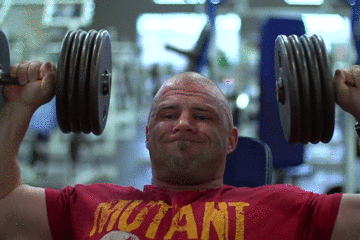
4. Table bend
This priest's bench bend-like move is a favourite among old-time wrestlers and one of the most initial bodybuilding moves, which is a good reason to give it a go.
So, if you want to start working your arms or building strong biceps, give this move a go. Remember, this is a partial movement, so it's best to do it in conjunction with a bicep 'stretch' such as an upward sloping dumbbell curl or rope curl.
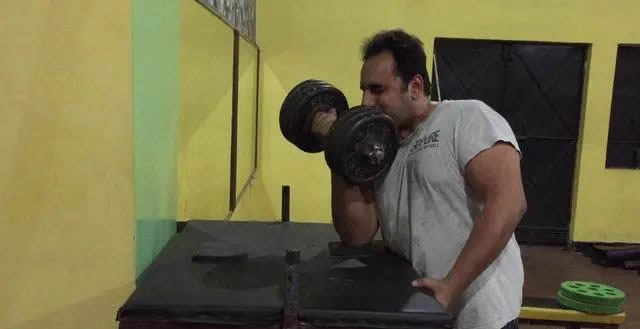
1. Sit or stand with your elbows flat against your chest on a table, holding a dumbbell.
2. Fully bend at the elbow and bend the arm at 90 degrees.
3. From this position, lower the dumbbell under muscle control to the level of the table.
4, Forcefully bend the dumbbell back to the starting position.
Partial movements are a great way to train strength. By increasing the weight in this range of motion, you can help eliminate sticking points in a particular range of motion. Because you lose tension once the dumbbell stimulates the top of the movement, be sure to make a conscious effort to squeeze the biceps with each movement.
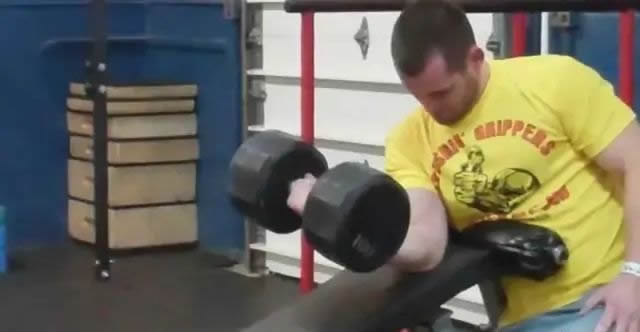
There are so many benefits to dumbbell movements that they won't be any less than the advantages of barbells. List these dumbbell movements for little ones to enjoy diversifying their movements to get fit, so that fitness is not monotonous

